Northern gardeners - transplant time from containers?
Julia WV (6b)
12 years ago
Related Stories
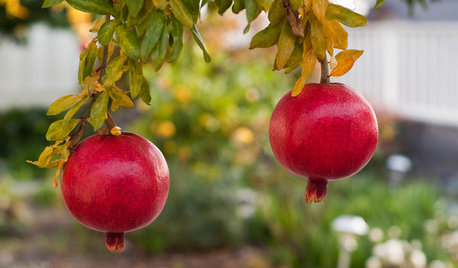
GARDENING GUIDESNorthern California Gardener's October Checklist
It's still a great time to plant flowers, vegetables and even bulbs in California gardens this month, thanks to predictably mild weather
Full Story
CONTAINER GARDENS8 Easy Container Plants to Grow From Seed
Get beautiful blooms and herbs in summer by starting these choice garden picks from seed in spring
Full Story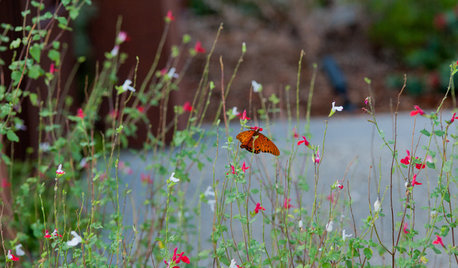
EARTH DAYCreate a Container Wildlife Habitat for Hummingbirds and Butterflies
Don’t let limited space prevent you from welcoming wildlife into your garden
Full Story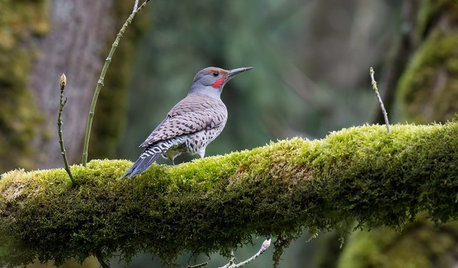
GARDENING GUIDESBackyard Birds: Healthy Home Habitats for Northern Flickers
These colorful woodpeckers found across the U.S. and Canada love berries, seeds and ants and often nest in deep burrows in trees
Full Story
GARDENING GUIDESBackyard Birds: Northern Cardinals in the Snow, and Other Red Birds
Brilliant crimson feathers make these friends stand out in a crowd
Full Story
TRAVEL BY DESIGNCome Away to Northern California Wine Country
The rolling hills and valleys of Napa and Sonoma inspire relaxed interiors and spending time outdoors in these 12 homes
Full Story
PLANTING IDEASStretch the Budget, Seasons and Style: Add Conifers to Your Containers
Small, low-maintenance conifers are a boon for mixed containers — and you can transplant them to your garden when they’ve outgrown the pot
Full Story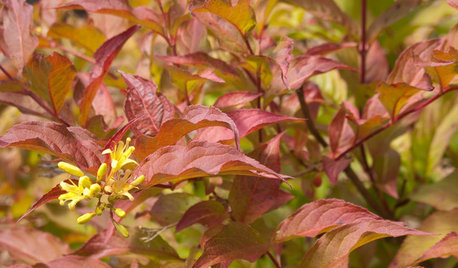
GARDENING GUIDESGreat Design Plant: Northern Bush Honeysuckle, a Bronze Beauty
It helps control erosion and takes sun or shade. The butterflies love it. But the best part of this shrub may be the vivid foliage
Full Story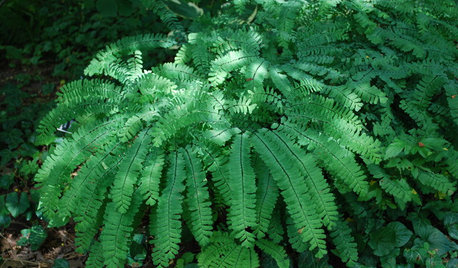
GARDENING GUIDESGreat Design Plant: Northern Maidenhair Fern Softens Shade Gardens
Stir up some romance in dark corners with the billowy fronds of native Adiantum pedatum
Full Story
FALL GARDENINGWhy Fall Is the Best Time for Planting
Spring is overrated for planting. Starting plants in autumn has advantages for both garden and gardener
Full Story







Johnsp
Julia WV (6b)Original Author
Related Professionals
Vernon Hills Landscape Architects & Landscape Designers · Fort Atkinson Landscape Contractors · Fort Myers Landscape Contractors · Las Vegas Landscape Contractors · Melrose Landscape Contractors · North Haven Landscape Contractors · Saint George Landscape Contractors · Wallingford Landscape Contractors · Thornton Driveway Installation & Maintenance · Chesterfield Fence Contractors · Plainfield Fence Contractors · San Pedro Fence Contractors · Whittier Fence Contractors · Foster City Fence Contractors · Norwich Solar Energy SystemsPieter zone 7/8 B.C.
Johnsp
Babka NorCal 9b
Steve Massachusetts
Julia WV (6b)Original Author
Babka NorCal 9b
Johnsp
Johnsp
Julia WV (6b)Original Author